
💪 Sarcopenia: Why Muscle Loss Happens & How to Fight It (After 50)
You used to carry all the groceries in one trip.
Now it takes two.
You used to climb the stairs without thinking twice.
Now you pause halfway, catching your breath.
And when someone says, “That’s just part of getting older,” a small voice inside you wonders:
Is it really?
Or could something else be happening?
The Truth
👉 What you’re feeling might not simply be “normal aging.” It could be sarcopenia — the gradual, progressive loss of muscle mass, strength, and physical function that silently affects millions of adults around the world.
But here’s the good news:
Sarcopenia isn’t inevitable.
And in many cases, it’s reversible — if you know what to do.
In this guide, we’ll explore what causes muscle loss, how to recognize the early signs, and most importantly, how to rebuild your strength — so you can stay active, independent, and powerful well into your later years.
Because real aging isn’t about slowing down.
It’s about staying strong, capable, and alive — on your own terms. 💛
🔍 What Is Sarcopenia?
The word sarcopenia comes from the Greek: sarx (flesh) and penia (loss).
It’s now recognized as a medical condition, not just a side effect of aging.
Sarcopenia involves:
✅ Loss of muscle mass
✅ Decline in muscle strength
✅ Reduced physical performance (walking speed, balance, endurance)
It’s officially listed in the ICD-10-CM medical coding system, meaning doctors can diagnose and treat it like any other condition.
While muscle decline can start as early as your 30s, it tends to accelerate dramatically after 60 — especially without the right habits and nutrition.
⚠️ Early Warning Signs You Shouldn’t Ignore
Sarcopenia sneaks up quietly, often disguised as “just getting older.”
Pay attention to these early red flags:
✅ Struggling to stand up from a chair without using your hands
✅ Feeling weaker in your legs or arms
✅ Walking slower than before or taking smaller steps
✅ Getting tired more quickly during light activity
✅ Trouble lifting groceries or household items
✅ Poor balance or near-falls when moving or turning
Even mild weakness can affect independence and quality of life — and the earlier you act, the easier it is to reverse.
🧬 Why Does Sarcopenia Happen?
It’s not just “old age.”
Multiple biological and lifestyle factors combine to speed up muscle loss.
1. Hormonal Changes
As we age, levels of testosterone, growth hormone, and insulin-like growth factor (IGF-1) decrease.
These hormones are key for muscle repair and protein synthesis.
This decline is more pronounced in men but also affects women, especially after menopause.
2. Reduced Protein Synthesis
Older muscles don’t respond to protein intake as efficiently — a phenomenon called “anabolic resistance.”
Even with good nutrition, your body builds muscle more slowly.
💡 Solution: A higher protein intake plus strength training can help overcome this resistance and re-stimulate muscle growth.
3. Inactivity — The #1 Culprit
A sedentary lifestyle accelerates muscle loss faster than almost anything else.
Long periods of sitting signal your body to break down muscle tissue rather than maintain it.
Just 10 days of bed rest can cause noticeable muscle atrophy — even in young adults.
4. Poor Nutrition
Many older adults simply don’t eat enough protein or calories.
Deficiencies in vitamin D, B12, magnesium, and omega-3 fatty acids also contribute.
Appetite changes, dental issues, or digestive problems can make it harder to get enough nutrients.
📌 Shockingly, many seniors consume less than half the recommended protein for their age group.
5. Chronic Inflammation & Illness
Conditions like diabetes, heart disease, arthritis, or obesity increase inflammation that slowly breaks down muscle tissue.
Certain medications (like steroids) can worsen the problem.
✅ The Good News: You Can Rebuild Muscle at Any Age
The body has an incredible ability to adapt and recover, even later in life.
Research shows that people in their 70s, 80s, and beyond can regain significant strength and muscle with the right approach.
Let’s look at what works — backed by science.
1️⃣ Strength Training: The #1 Solution
Resistance exercise is the single most effective way to fight sarcopenia.
It tells your muscles, “We still need you.”
Best options include:
✅ Bodyweight exercises — squats, lunges, wall push-ups
✅ Resistance bands — gentle yet powerful for home workouts
✅ Free weights or machines — build functional strength safely
🔥 Aim for:
-
2–3 strength sessions per week
-
8–12 reps per set
-
Target all major muscle groups (legs, chest, back, arms, and core)
💡 No gym? Water bottles, soup cans, or resistance bands can do the trick.
📈 Within just 12 weeks, studies show up to a 30% improvement in strength — regardless of age.
2️⃣ Eat Enough High-Quality Protein
Protein is the building block of muscle. Without it, your workouts can’t do their job.
Recommended intake:
✅ Ages 50–65: 1.0–1.2g per kg of body weight
✅ Ages 65+: 1.2–1.5g per kg
📌 Example: A 150 lb (68 kg) adult over 65 should aim for 80–100g of protein per day.
Top protein sources:
-
Lean meats, fish, eggs
-
Greek yogurt, cottage cheese
-
Tofu, tempeh, beans, lentils
-
Protein powders (whey, collagen, or plant-based) if needed
🍽️ Distribute intake evenly — around 25–30g per meal for best absorption.
Bonus tip: Add leucine-rich foods (like dairy and eggs), which are especially effective at stimulating muscle protein synthesis.
3️⃣ Get Your Vitamin D
Low vitamin D levels are linked to muscle weakness and poor balance.
✅ Check your blood levels — aim for 30–50 ng/mL
✅ Get 10–15 minutes of midday sunlight several times a week
✅ Supplement 800–2000 IU/day (or as your doctor recommends)
Vitamin D doesn’t just strengthen muscles — it also supports bones, mood, and immunity.
4️⃣ Stay Active Beyond the Gym
Formal workouts are powerful, but daily movement keeps your muscles engaged all day long.
-
Walk after meals to boost circulation
-
Stand while talking on the phone
-
Stretch or move every hour if you sit a lot
-
Take the stairs when possible
🚶♀️ Goal: 7,000–10,000 steps per day.
Even light movement signals your muscles to stay active and alert.
❌ Common Myths About Muscle and Aging
❌ “Lifting weights is dangerous for older adults.”
→ False. Supervised strength training is not only safe but protective against injury.
❌ “You can’t build muscle after 60.”
→ Completely untrue — muscle fibers can grow at any age with consistent effort.
❌ “Cardio is enough.”
→ Cardio supports your heart, but it won’t prevent muscle loss. You need resistance training too.
❌ “Protein hurts your kidneys.”
→ For healthy adults, moderate protein intake is perfectly safe. (Consult your doctor if you have kidney disease.)
🩺 When to Talk to Your Doctor
Consult your healthcare provider if you notice:
-
Persistent fatigue or weakness
-
Difficulty standing or climbing stairs
-
Frequent falls or balance issues
They may recommend:
-
Grip strength or gait speed tests
-
Blood work (vitamin D, B12, inflammation)
-
Physical therapy or nutrition counseling
Some clinics also offer frailty or sarcopenia screenings — ask if yours does.
🌟 Final Thoughts: Strength Is Ageless
You don’t have to accept weakness as your “new normal.”
Aging changes your body — but it doesn’t decide your strength.
Every rep, every step, every healthy meal is a vote for your vitality.
So if you’ve been feeling weaker lately, don’t give up.
Pick up the dumbbells.
Add an extra egg to breakfast.
Take that walk.
Because real vitality isn’t about youth — it’s about power, perseverance, and the quiet courage to keep building yourself back up.
And that kind of strength?
It doesn’t fade.
It grows. 🌱
News in the same category


Japanese scientists delete chromosome that causes down syndrome

Princeton Just Changed Higher Education Forever: Families Earning Under $250K Won’t Pay a Single Dollar in Tuition

8 Signs That Two Souls Are Connected, No Matter The Distance

Can you spot the book, egg, cup, and pillow?

Inside Sweden’s Cashless Future: Thousands Opt for Microchip Implants

When a cat rubs against you, this is what it means

Zodiac Signs Most Likely to Have Prophetic Dreams

What Your Pile of Dirty Dishes Might Really Be Saying About You

Scientists Claim Black Hole Could Explode in the Next 10 Years—with 90% Certainty

9 Signs Your Partner Is Trying To Get Closer To You That You Might Not Realize

When a cat rubs against you, this is what it means

WHAT HAPPENS WHEN WE TONGUE KISS…See more
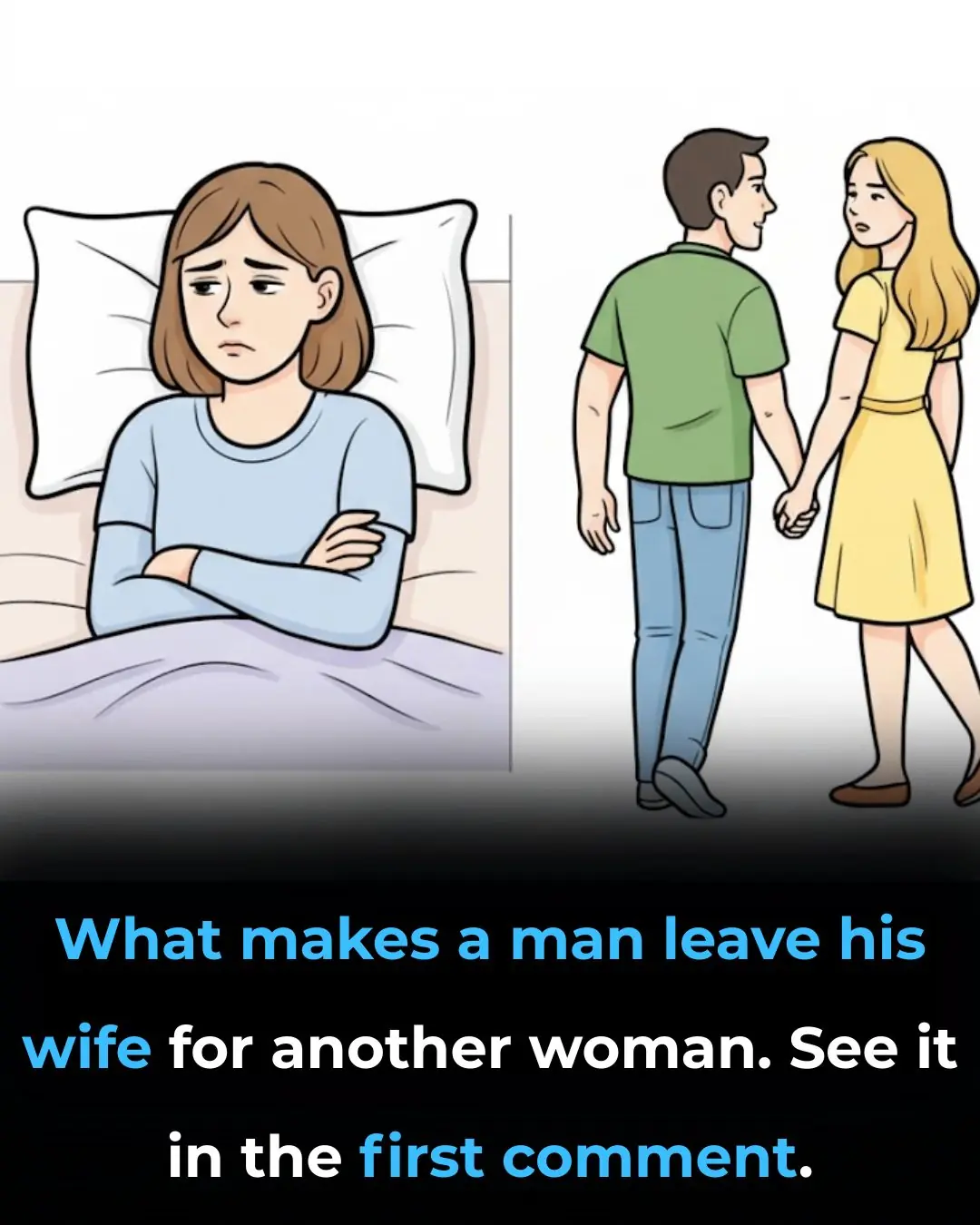
What makes a man leave his wife for another woman
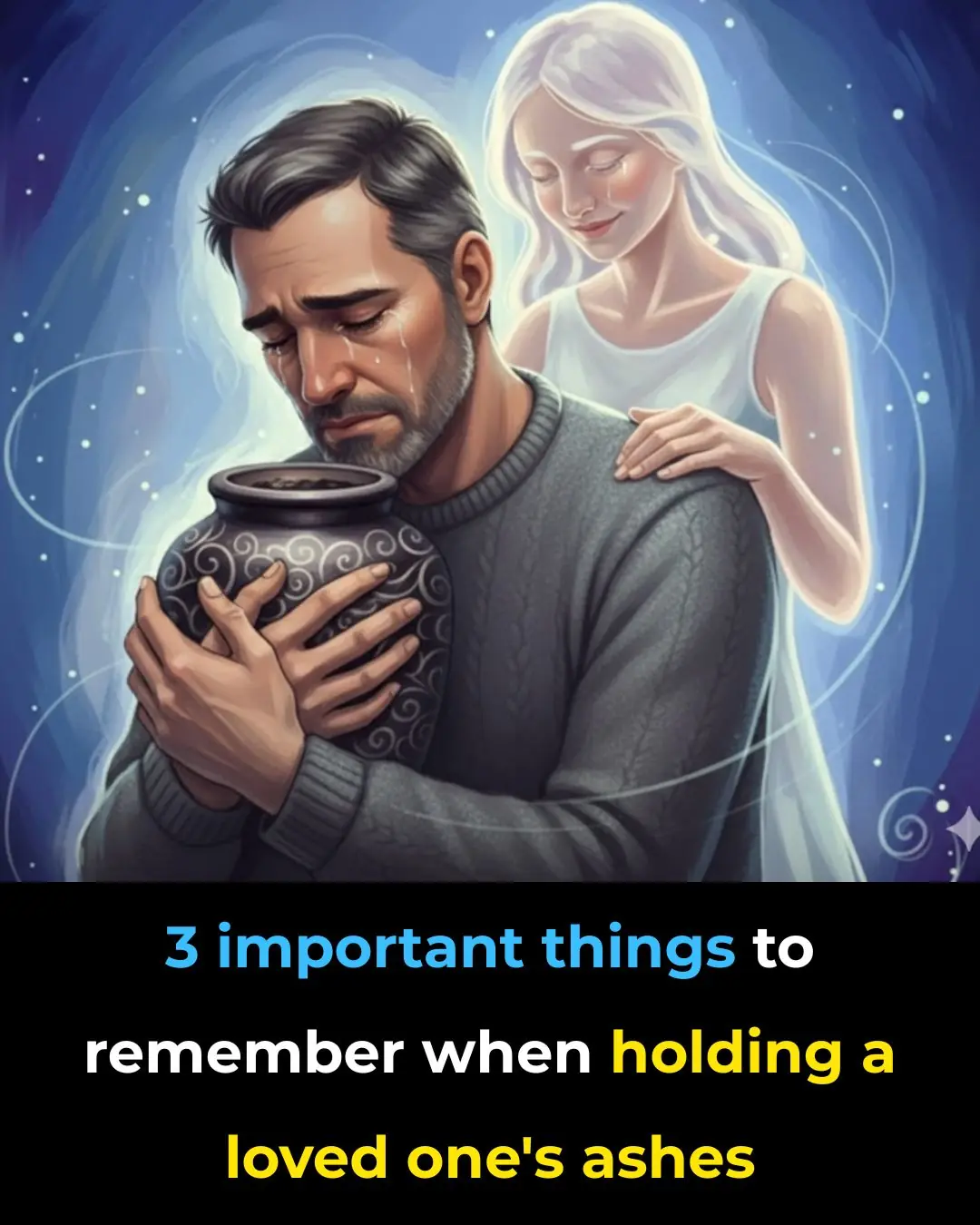
How to Hold and Handle an Urn with Ashes: 3 Things You Should Always Remember

Can You Spot The Problem With This Picture

9,000 Mysterious Underwater Objects Detected Along US Coastlines Spark Navy Alarm
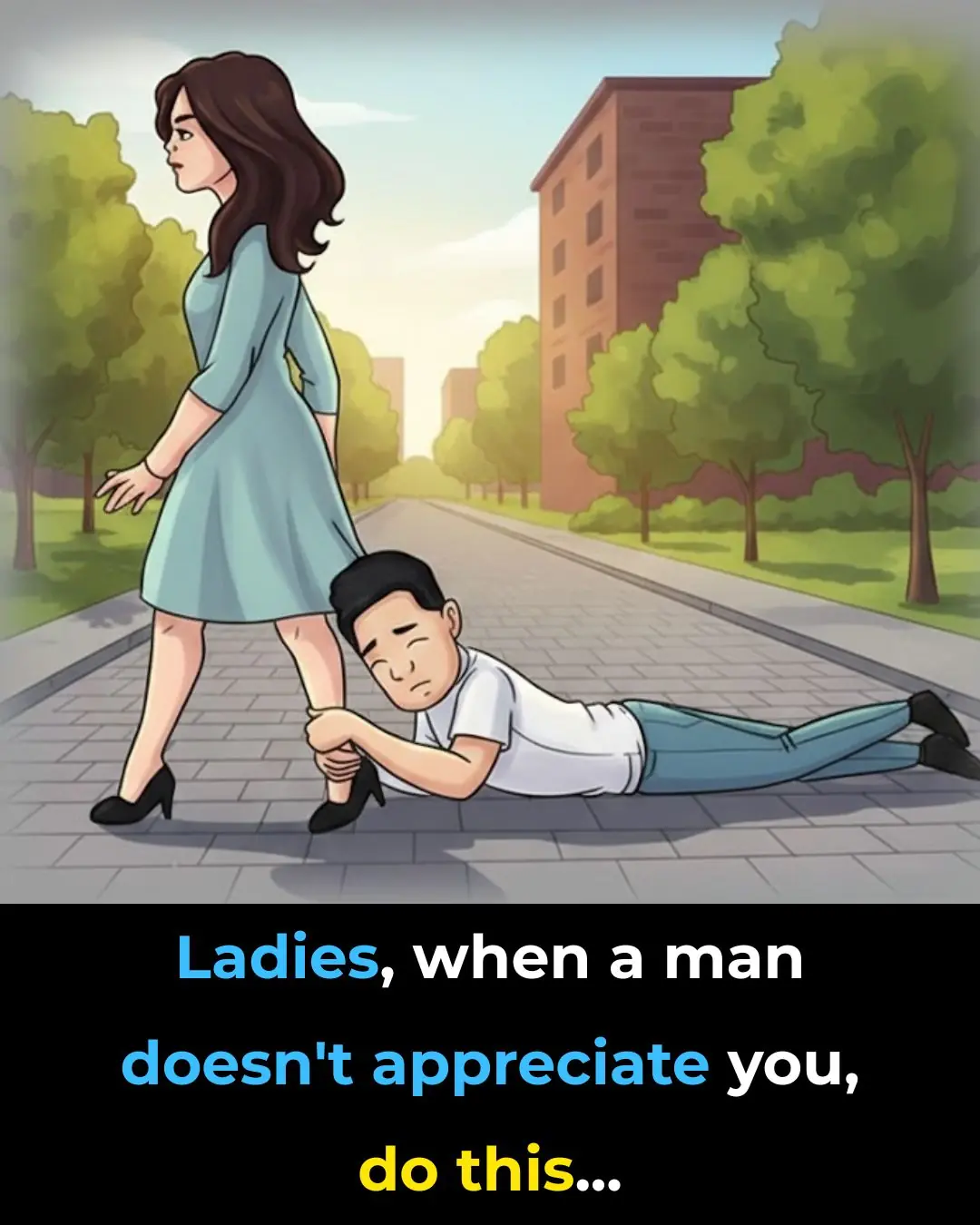
Ladies, when a man doesn’t appreciate you, DO THIS ...

Investigator Finds Dog Tied Up Under Scorching Sun, Marked with Leopard-Like Spots
News Post

5 Amazing Benefits Of Aloe Vera Gel For Skin: Large Pores, Dark Spots, Wrinkles
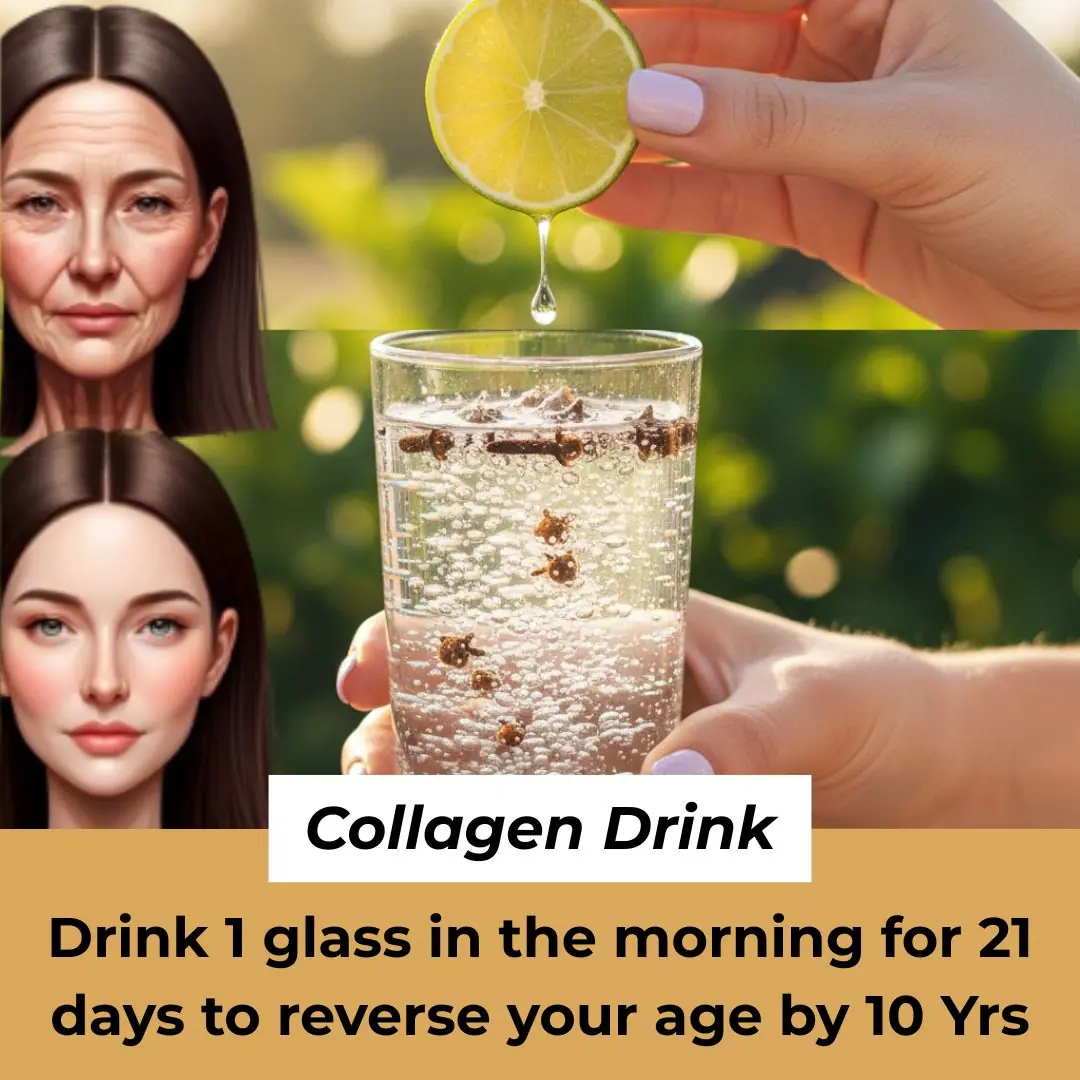
Clove & Lemon Collagen Drink: Wrinkle Free, Glowing Skin

Unlock Your Body’s Hidden Power: Try Garlic and Honey on an Empty Stomach for 7 Days

Tragus Piercing What Does It Mean
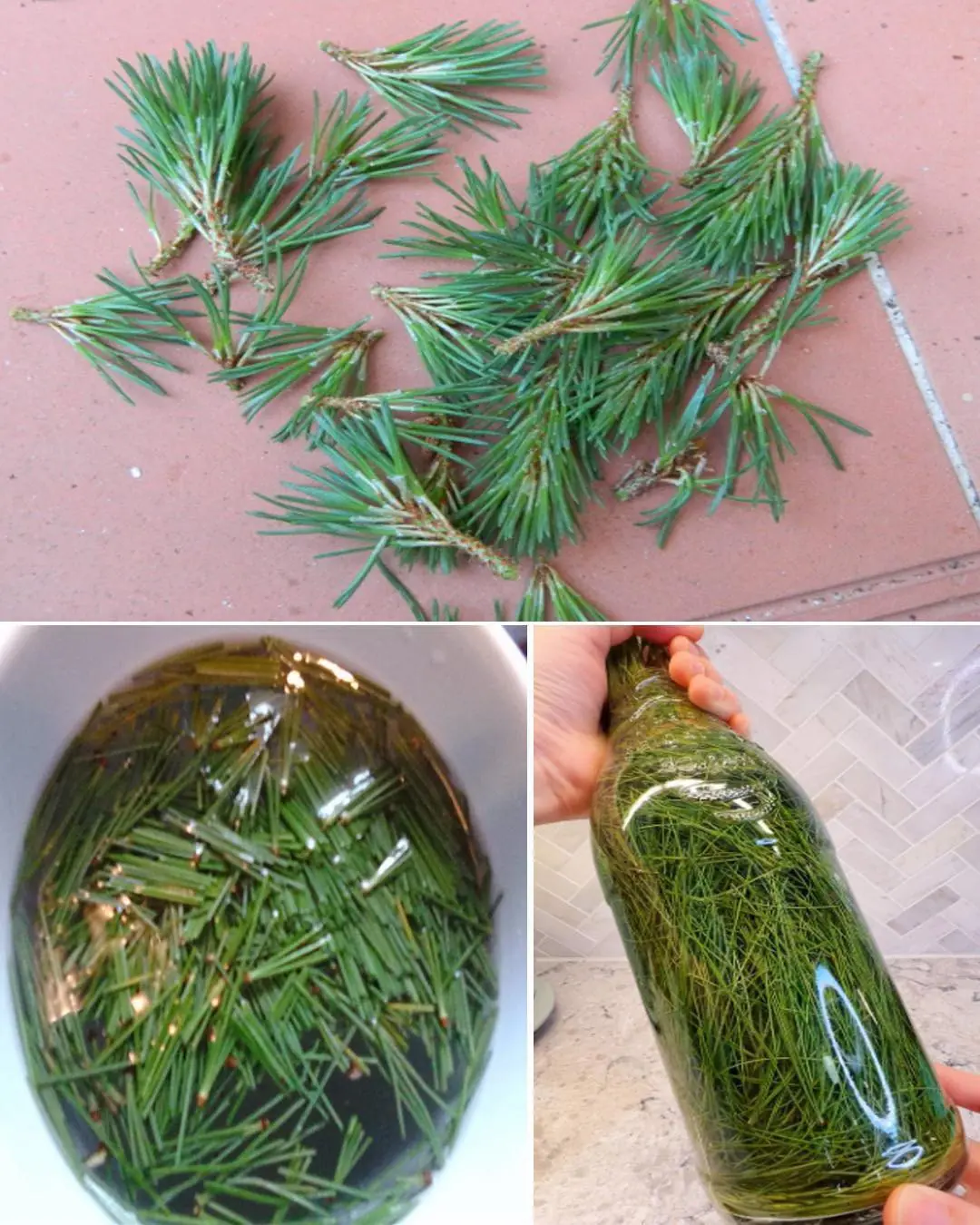
9 Health Benefits of Pine Needles

Unlock The Incredible Health Benefits of Garlic, Ginger and Lemon for Men
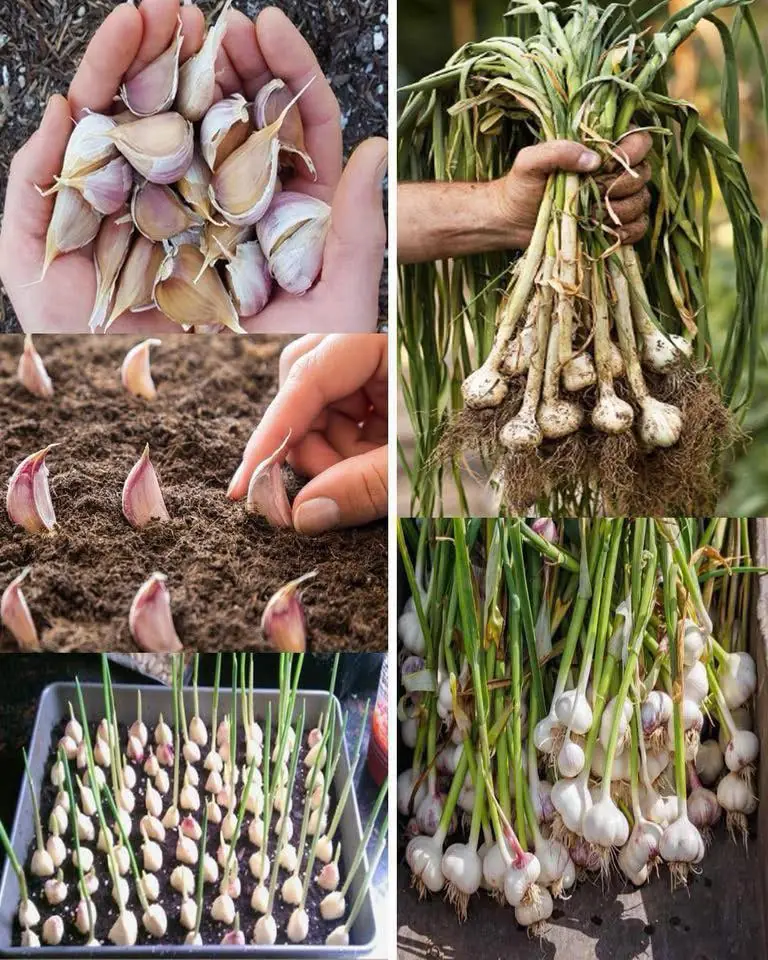
A special method to grow garlic in plastic bottles

7 Benefits of the Miracle Leaf of Life

7 Amazing Health Benefits of Banana Blossoms

Boiling Sweet Potatoes: Don’t Just Add Plain Water—Add This Spoonful for Perfectly Fluffy, Sweet Results

The Science Behind Putting a Cotton Swab in a Menthol Oil Bottle
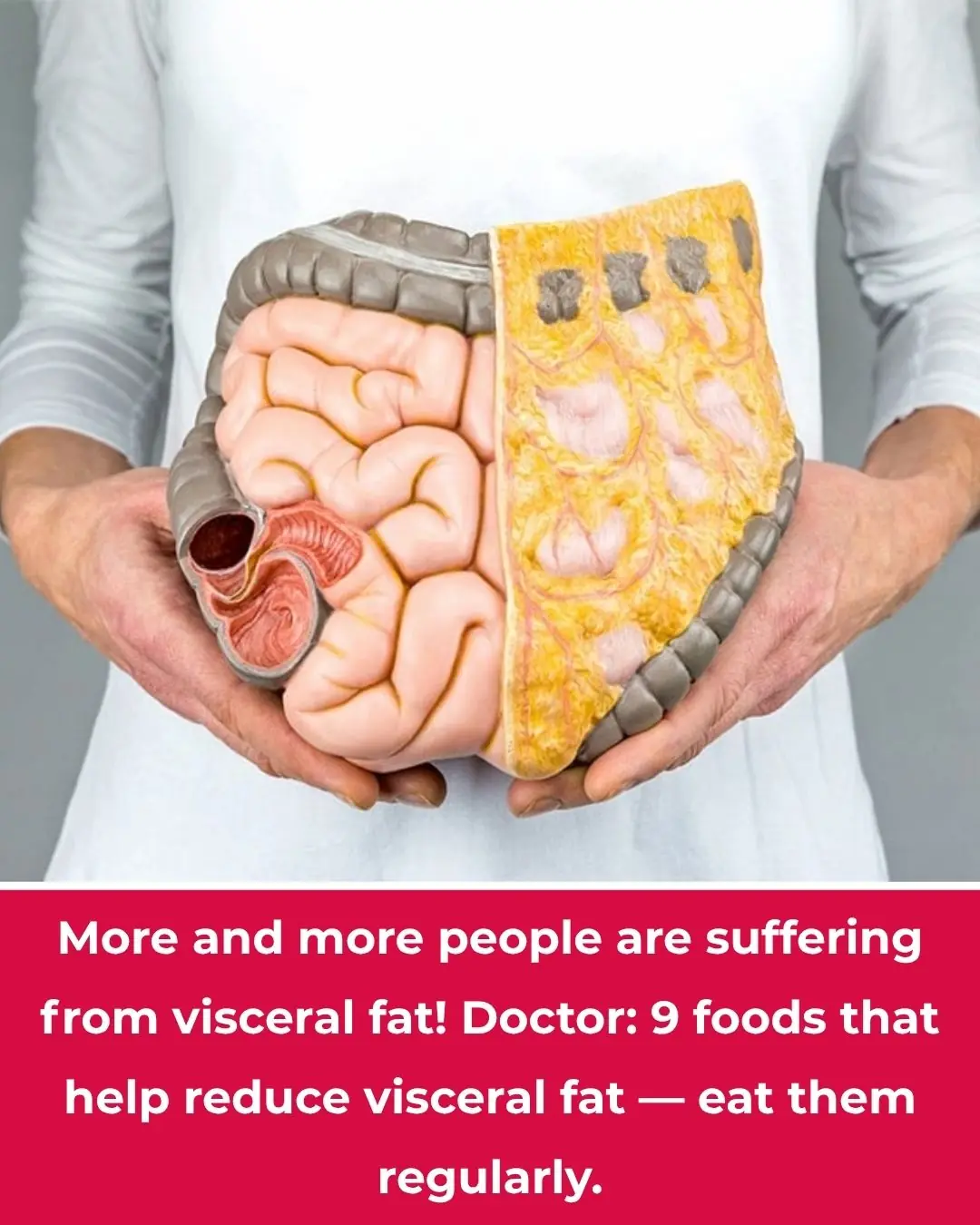
More People Are Struggling with Visceral Fat — Doctors Reveal 9 Foods That Help Burn It Naturally

Black Turmeric vs. Yellow Turmeric: Which One Is Better?
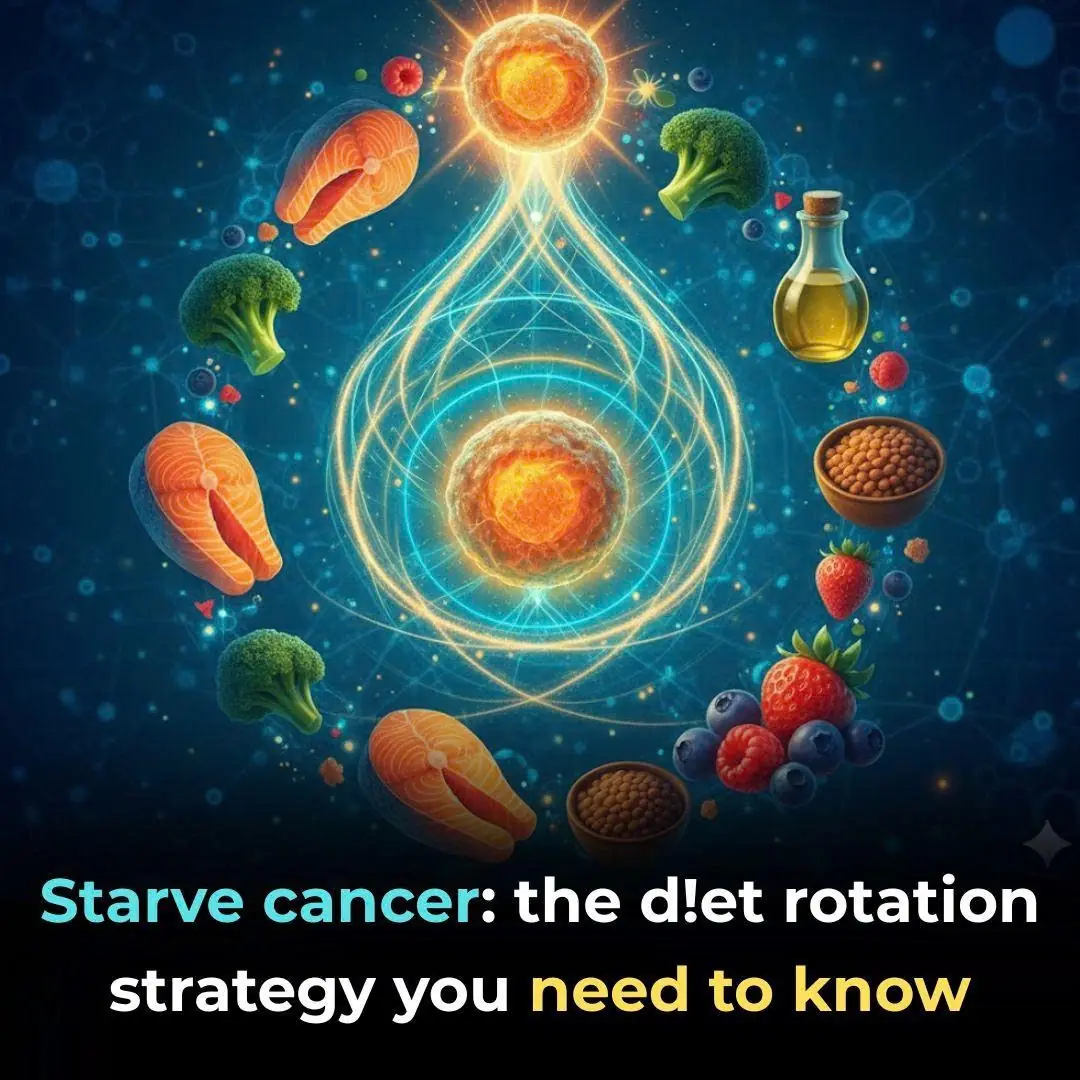
Starve cancer: the diet rotation strategy you need to know
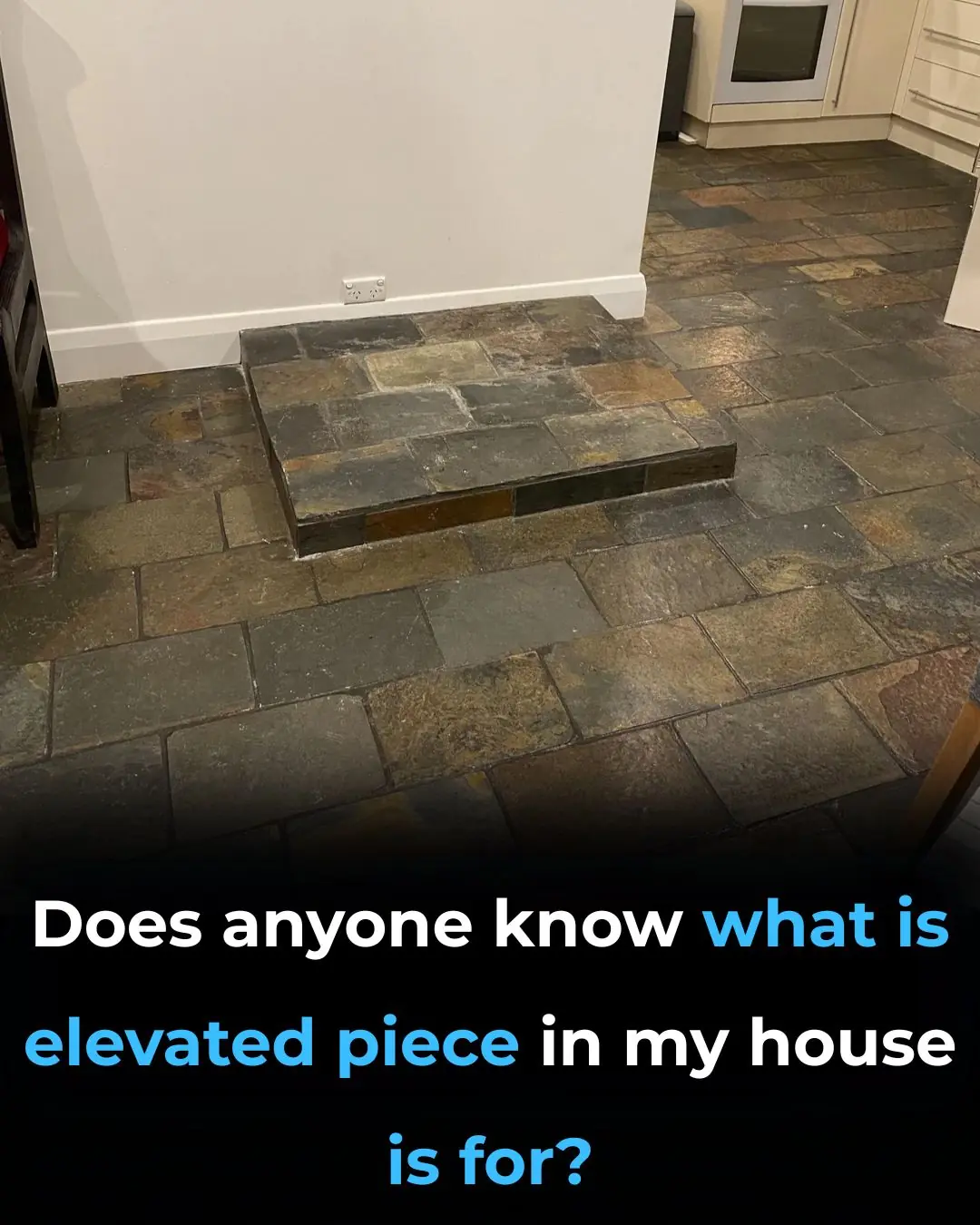
Like to see more from Tips for the Home

I Had No Idea About This!

These Ideas Are Amazing: 10 Clever Ways to Use Dryer Sheets Beyond the Laundry Room

Most Don’t Know: 13 Brilliant Ways to Use WD-40 Around the House
